Native American Heritage Month
For Native American Heritage Month, we invite you to learn about and celebrate the culture of the A:shiwi, or the Zuni, as they are known to most. The Zuni tribe is part of the Native American Pueblo Peoples group, native to the Zuni River Valley in western New Mexico. The A:shiwi is a much smaller tribe compared to most Native American tribes, composed of 14 matrilineal clans located in western New Mexico and eastern Arizona, and sister clans in the Bandelier area. They are also related to the Hopi, Keres, Tiwa, Akoma, and are believed to be descendants from the prehistoric Anasazi. Some trademarks of the tribe you might be familiar with are intricate woven garments, detailed pottery, handmade silver and turquoise jewelry, stone animal fetishes, outdoor clay ovens, colorful religious celebrations with dancing and music, and kachinas.
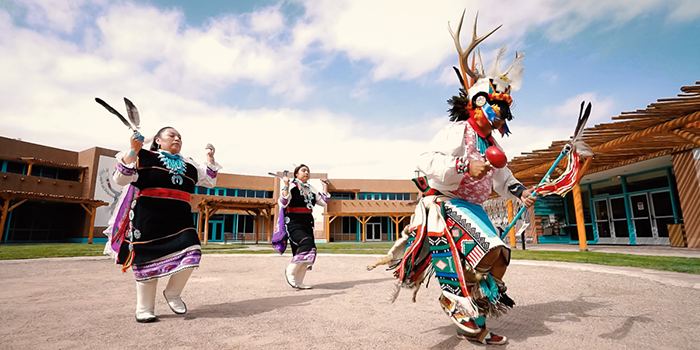
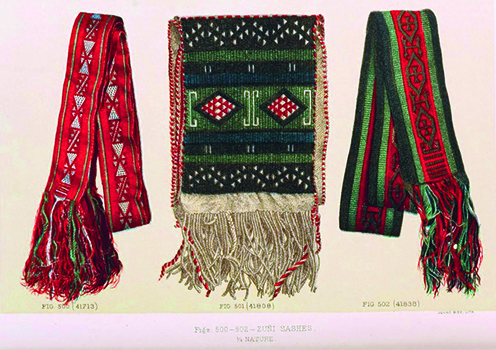
About the A:shiwi
A:shiwi means "the people" and is the term the Zuni people use to refer to themselves in their native language, Shiwi'ma. Shiwi'ma dates back atg least 7,000 years and is considered one of the most unique Native American languages, as it has no relationship to any other tribal languages. The A:shiwi are also one of the most intact Native American tribes, with around 9,000 members of the tribe still residing in Halona Pueblo. They have primarily been shepherds and irrigation farmers throughout history and still stick closely to those routes. They are also amazing artisans, with a majority of the tribal members working with pottery, lapidary, woven crafts, or jewelry as their primary source of work.
Beliefs
The A:shiwi have a beautiful creation story that tells of Father Sun, Mother Earth, The Twins (Ko'wituma - the elder and Wats'usi - the younger), the Four Worlds (see below), the division of the people into The Summer People and The Winter People (and later clans), and their search for Halónawan (the middle place).
- The First World - the Place of First Formation
- The Second World - the Moss World
- The Third World - the Mud World
- The Fourth World - the Wing World or Daylight World which is the place where humans emerge out of Mother Earth (believed to be the Grand Canyon), experience light, possess understanding of their nature, and learn about the Sun Father and his sacred knowledge
Kachina
In the A:shiwi beliefs, Kachina are powerful spirits or beings in the natural world that represent the essence of all life in the world, and who use their powerful abilities to help the people, if given proper respect. They also symbolize the unity of humans with nature and the world surrounding them. Respect for the Kachinas is essential to survival on the earth. The Kachina Dancers and Kachina rites are central to the religious ceremonies of A:shiwi society. During these ceremonies, Kachina Dancers (male members of the tribe) wear masks and are dressed as Kachinas so that their identities may be lost and the spirit of the Kachinas they are representing takes their place. Then the ceremonial dances take place to usher in blessings for the people, ensure a successful crop and harvest, invite rain, and various other positive impacts to the people. These ceremonies typically take place during the summer and winter solstices and are a social occasion for the whole A:shiwi community, including feasts, time with family, and viewing the beautiful ceremonial dances.

AC Family Connection
If you saw last year's Native American Heritage Month post, I shared the story of how Carlee Garrison and I met and shared a connection through our heritage. Lat year, we celebrated her tribe, the Ojibwe. Since we are both very proud and passionate about our people, we had an overwhelming amount of information to share and decided to highlight one tribe at a time to give each the full chance to shine. I'm so pleased to share a little bit about my heritage people with you this year. To wrap up this blog post, I would like to share some of my family photos with you, my AC Family.
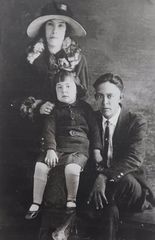
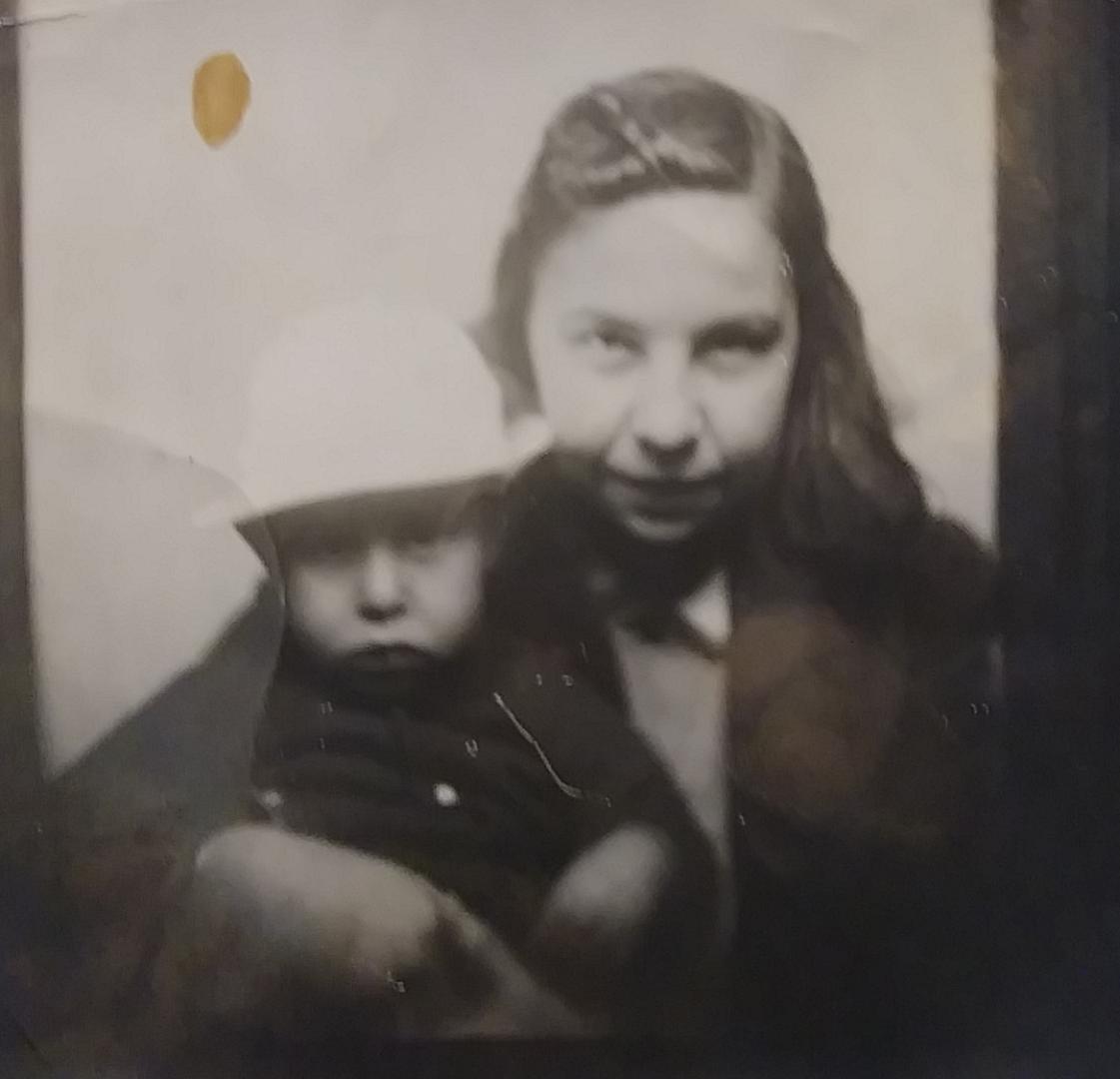
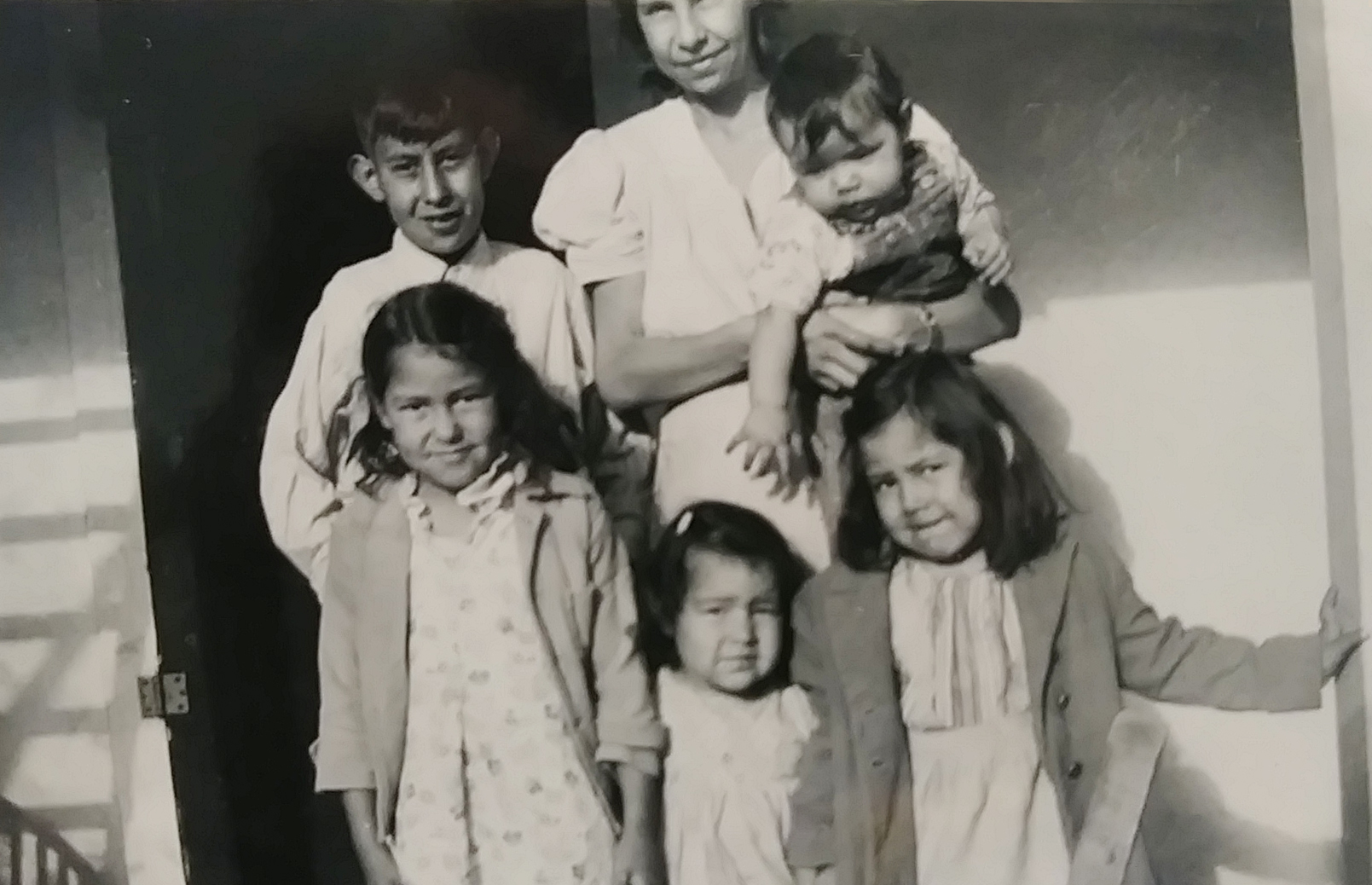



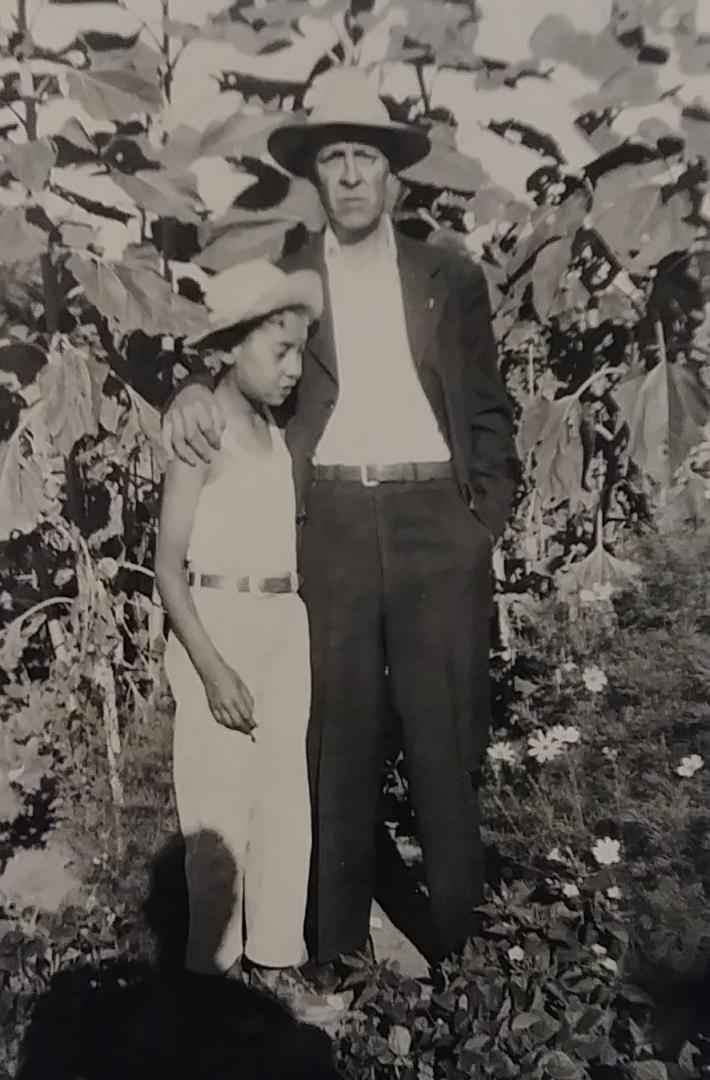
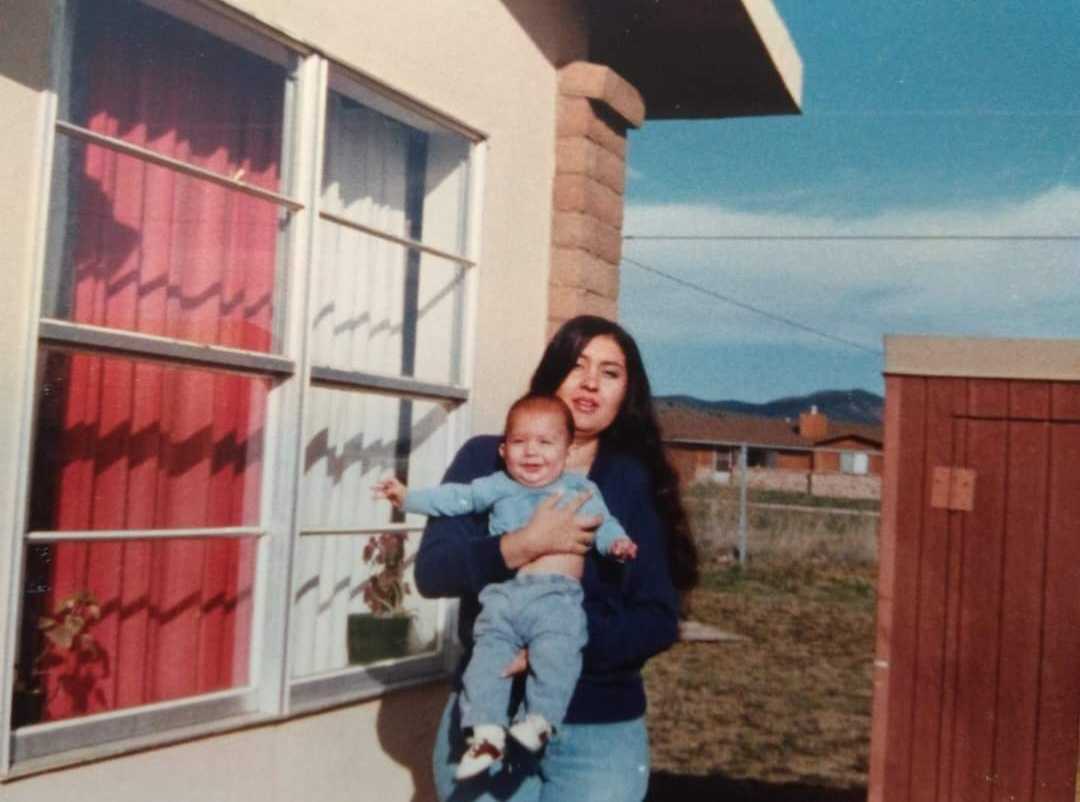
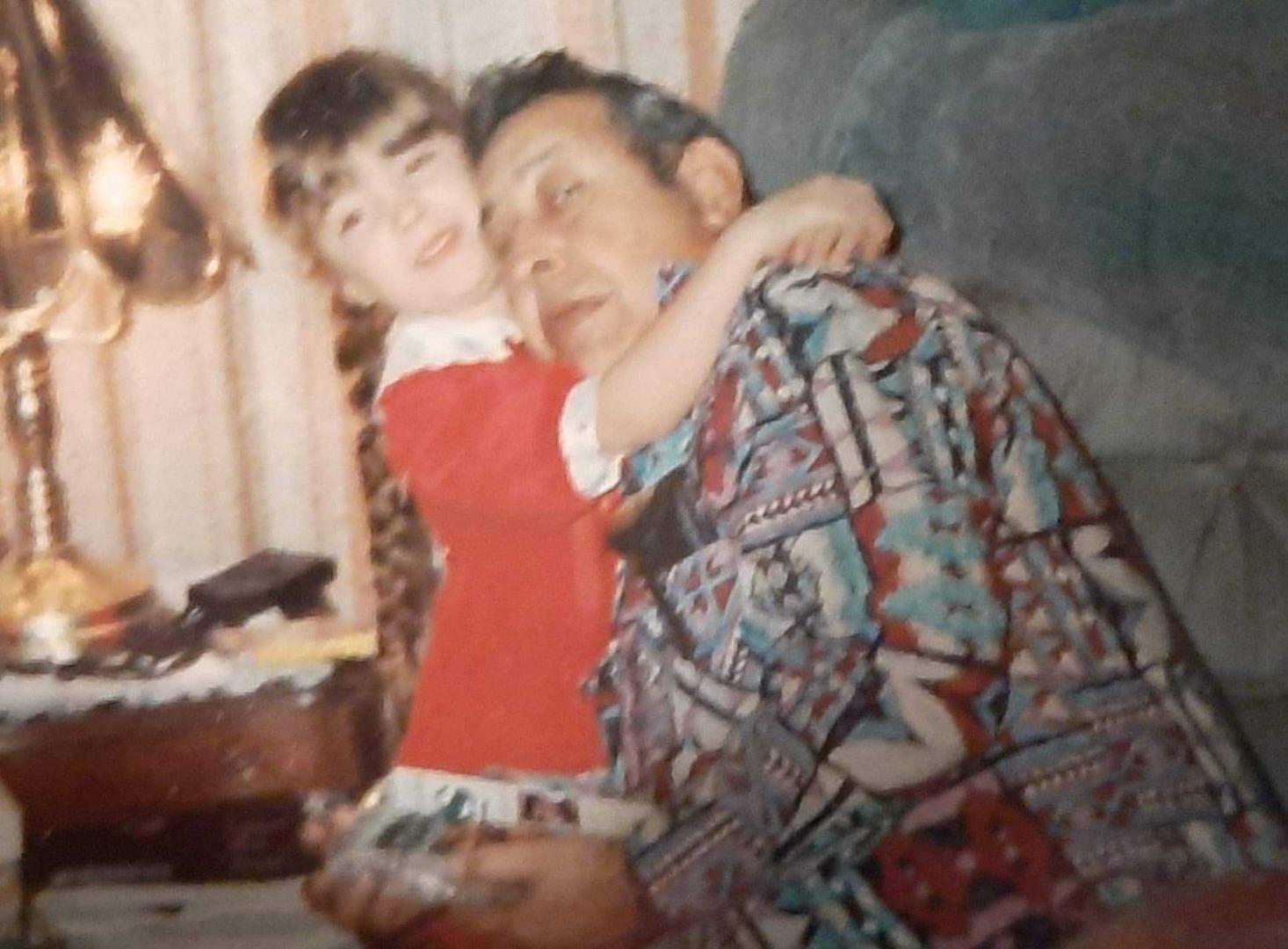



Blog written by Aubrey Brice


